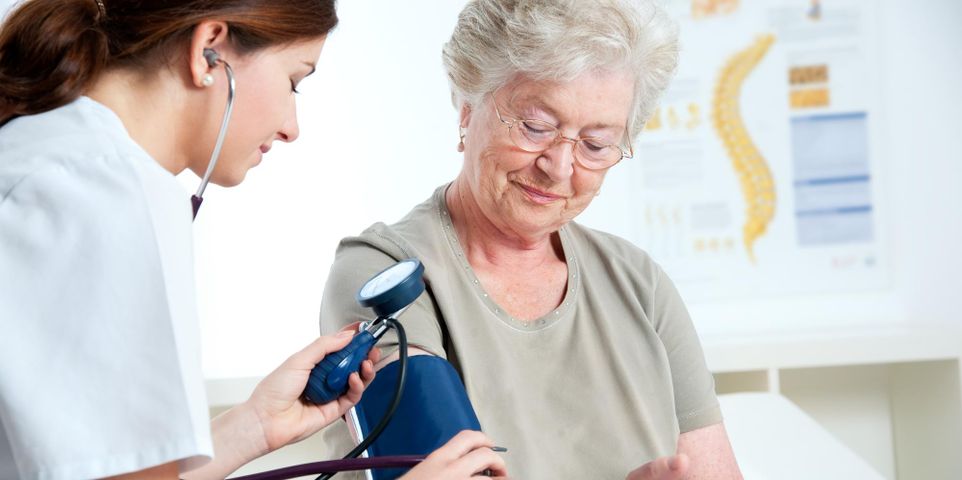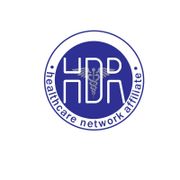
Blood pressure problems are often diagnosed by a primary care physician during a routine checkup. Extreme blood pressure levels can indicate serious health issues even if you don’t have other symptoms, so it’s important to have it checked regularly by a medical professional. Below is a guide to the different ranges.
How to Read the Numbers
Blood pressure readings are measured using millimeters of mercury (mm Hg), and your reading will show two numbers. The first is systolic, the pressure at which your heart pushes out blood. The second is diastolic, which is the level between beats when your heart is resting.
What the Blood Pressure Ranges Mean
Low
The low blood pressure range is 90/60 mm Hg or less. You may fall into this category without experiencing any symptoms, but common ones include feeling weak, nauseous, or light-headed. Low blood pressure may be inherited, and it can also be caused by pregnancy and certain conditions such as diabetes.
You can combat low blood pressure by drinking plenty of water, eating small, frequent meals, and raising the head of your bed by around 6 inches to improve blood flow. Wearing support stockings will improve circulation, and you should ask your primary care physician whether your medication needs to be changed.
Healthy
If you don't have low blood pressure, and your reading is no higher than 120/80, your blood pressure is normal. You should continue with a healthy lifestyle that includes a balanced diet and regular exercise. Your blood pressure can change with age, so it’s important to get it checked every two years.
 A range of 120-129 systolic and less than 80 mm Hg diastolic is known as elevated blood pressure. This puts you at risk of developing high blood pressure, so you should talk to your doctor about how to maintain healthy numbers before more serious problems develop. This will likely involve lifestyle changes, such as exercising 30 minutes a day, five times a week.
A range of 120-129 systolic and less than 80 mm Hg diastolic is known as elevated blood pressure. This puts you at risk of developing high blood pressure, so you should talk to your doctor about how to maintain healthy numbers before more serious problems develop. This will likely involve lifestyle changes, such as exercising 30 minutes a day, five times a week.
High
High blood pressure is also known as hypertension. Stage 1 hypertension is from 130-139 systolic and 80-89 diastolic. Your physician will recommend a healthier lifestyle, including losing weight, reducing stress, eating less salt, and limiting alcohol.
If your reading is above 140/90, you have stage 2 hypertension. Your risk of heart disease, stroke, and kidney failure is increased. At this stage, your physician will prescribe medication to lower your blood pressure. If your reading reaches more than 180/120 mm Hg, this is known as a hypertensive crisis and it’s very dangerous. You will need immediate medical attention to avoid organ damage. You may also have symptoms such as chest pain, shortness of breath, and dizziness.
If you need a trusted primary care physician to check and control your blood pressure, contact HDR Healthcare Network in the Bronx, NY. They operate a network of clinics and urgent care centers operated by friendly, bilingual staff, and they serve everyone from children to seniors. To learn more about their services, call (718) 617-2500 or visit their website.
About the Business
Have a question? Ask the experts!
Send your question

